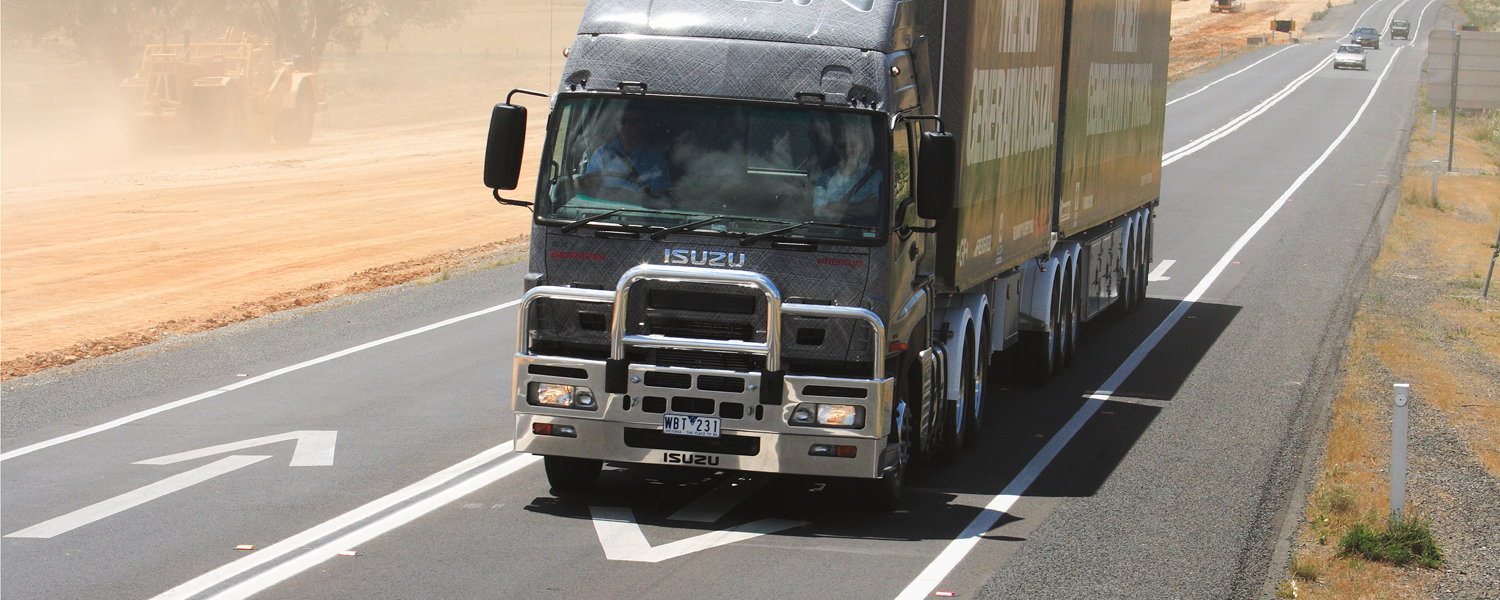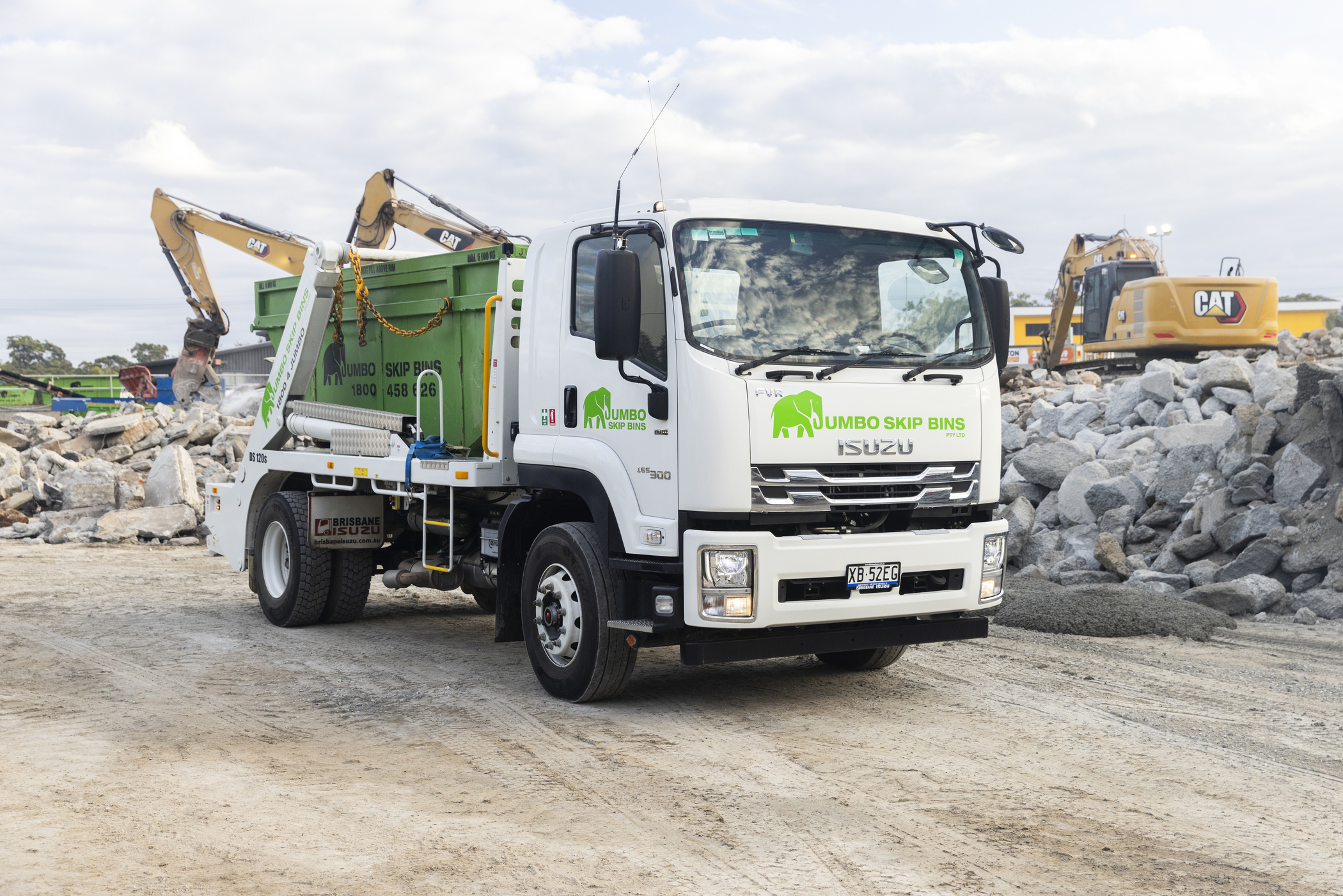GOING THE DISTANCE: THREE TIPS FOR LONG-HAUL TRUCK DRIVERS

On every Australian highway, right now, there’s a prime mover tasked with hauling freight from point A to a sometimes very, very distant point B. Packed safely behind the driver in those mammoth trailers are the goods that keep Australia running smoothly.
Piloting such a large piece of capital equipment throughout the remoteness and unpredictability of the Australian road network means you learn a valuable lesson or two over the years. We’ve compiled a list of three key things long-haul truck drivers learn after they’ve spent a bit of time traversing Australia’s highways and byways.1. Fatigue management 101
Purely from a practical and compliance perspective, managing fatigue, rest and complying with the law is one of the critical lessons a long-haul driver simply must get on top of. Managing fatigue is important for the well-being and safety of everyone involved the transport industry. It’s a key consideration for many workers in the broader supply chain, but it’s especially pertinent for the driver behind the wheel and fellow road users. Page 25 of the Heavy Vehicle (Fatigue Management) National Regulation section of the Heavy Vehicle National Law (HVNL) – which covers all Australian states and territories with the exception of Western Australian and Northern Territory – spells out the length of time drivers hauling more than 12,000 kg can be out on the road for. It spells out the frequency and duration of rest breaks and consequences for contravening any requirements. The National Heavy Vehicle Regulator (NHVR) website is an excellent point of call for drivers looking to find out more about fatigue management. The NHVR web portal is also a great resource for information about Basic Fatigue Management (BFM) and Advanced Fatigue Management (AFM) accreditation. BFM and AFM are the systems that provide drivers with more education about fatigue management, giving accredited long-haul drivers additional flexibility regarding the hours they’re working and resting when out on the road.2. Social support is vital
For long-haul drivers, the truck cab quite literally becomes a second home. Despite being awash with entertaining content these days, such as podcasts, audio books and streamed music, life on the road can be a very lonely. Social isolation and inherent difficulties of establishing and maintaining meaningful social ties during long stretches on the road are found to take a toll on drivers’ mental health. The advances of social media and smartphone technology in recent times is helping to connect truckies locally and from all over the world. Australia has quite a few social media groups for truckies, enabling them to connect to like-minded people, share experiences and photos and feel a part of a community. Gone are the days of expensive STD phone calls home from a roadside payphone, so taking the time to video call family and friends during rest stops is vital and a powerful ally in the fight against social isolation and depression.3. Scheduling and planning makes life a lot easier
When you’re dealing with long shifts on the road, and sometimes operating through the night, route planning becomes vitally important. Long-haul drivers need to know which highways and roads they are permitted to travel on, as well as if there are any curfews or other restrictions they’re going to come up against when motoring across Australia. The first tool many long-haul drivers turn to is a good journey planner, like the online one the NHVR provides. But the scheduling doesn’t just stop when the route is mapped out. Many long-haul truckies will try to schedule their journeys around a routine that’s as close as possible to their regular home life. This can be as simple as scheduling to eat at similar times every trip, blocking out time for exercise and ensuring sleep patterns are as regular as they can be. While the learning curve for truck drivers choosing to enter the long-haul game is steeper than many other professions, long-haul truck drivers are also quick to tell you about the job’s perks. Principle among them is the sense of freedom being out on the open road and getting paid to see the roads, routes and sights that so often go undiscovered. Long-haul driving is obviously a job with perks as well as pitfalls, but to all the long-haul truck drivers out there, what do you think about the job? What insights have you picked up out on the road that you wished somebody shared with you early on?


Playtime’s over, get $3,500* to spend on extras.
If you’re ready to get serious about tackling bigger jobs, grab yourself an NLR 45-150 AMT SWB Traypack from the Ready-to-Work range for $62,990 drive away*. And to prove we aren’t playing, buy any NLR Traypack before June 30 and you’ll get $3,500* to spend on genuine accessories or an Essentials service agreement.
Learn more



